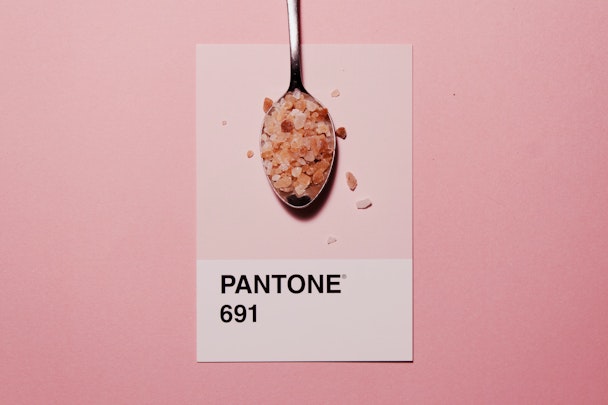Marketing for good: brand responsibility isn't a clever creative joke
Inclusive advertising is tricky at the best of times. Addressing some of this year’s highlights and lowlights, Jules Griffith of Lively asks: how far can a creative campaign really travel?

Are creative campaigns falling on deaf ears? / Autri Taheri
I’m not particularly cross about the BBC ad listing the number of nativities and visits to grandparents missed in favor of watching the World Cup. I don’t feel personally humiliated, professionally offended, or even annoyed on behalf of someone else. I don’t think that failing to visit your grandma leads to the breakdown of society. But I do think that when ads are still reducing the idea of family, and still hinting at gender separation, and still promoting negative stereotyping — at best, it’s dated.
Does it matter? I think it does. Because we don’t just see ‘one ad’. The average person is bombarded by thousands of ads every day. While that means that the majority of ads sit below our memory threshold, overall, lazy advertising simply strengthens poor typecasting. And, yes, sometimes that means it encourages negative behavior and attitudes.
Read the room
The failure of brands to take responsibility seems to be catching. Take the black and white armband with Pantone codes representing the colors of the Pride rainbow, touted as a creative solution to Fifa’s ban on the OneLove armband. A clever response: smart, easy to spread on social media. Don’t we all feel good about sharing and commenting on it? But Pantone references go unrecognized by the majority of the world outside of the creative sector, and it’s debatable how much impact it actually has on decriminalizing same-sex relationships in Qatar.
Make no mistake, I'm all for ideas that spotlight diversity and inclusion. We need to expand the discussion, and good advertising makes it easier for more people to be part of that conversation (and eventually the solution). But are clever design campaigns any more than a knowing nod to fellow designers?
The John Lewis effect
There are brands who confront social issues. This year, the John Lewis Christmas ad shows a foster dad learning to skateboard so he can connect with his new foster child. Poignant and emotional, with a sense of humor, the ad uses John Lewis’s considerable Christmas clout to highlight issues around kids in care and austerity, backed by real-life support for care-leavers in apprenticeships and education (the ones swerving responsibility here are the government, but that’s a different issue).
The problem isn’t about skipping a visit to your grandmother, or learning to skateboard. It’s about brands failing to use their voice responsibly and leaving it to individuals to scrap about controversial issues on Twitter. When brands swerve their responsibility to make a difference it means we end up having self-contained discussions, or accusing each other of a sense of humor failure. Either way, we miss the point: brands have the power to create and support cultures and lifestyles.
Just imagine the combined power of the BBC and Fifa — the global reach into people’s minds, homes, and lives. And the best we can deliver is ads about football over granny (perhaps granny likes football too, BBC)? Or an armband with all the colour removed — a monochromatic metaphor for our creative voice. If Alex Scott can stand up and stand out pitchside, why can’t the world’s most powerful and well-known brands take their place alongside her?
Marketing for 'good'?
Responsible, transformative marketing does exist, and guess what? It’s not limited to Europe and North America. In the Middle East, TENA launched a campaign to raise confidence in women 45+ and challenge the misconception that menopause marks the onset of an 'Age of Despair' — the name for 'menopause' in Arabic. Adidas created the Liquid Billboard in Dubai to invite more women to swim and benefit from mental and physical results, including spoken word creative from sports inclusivity activist Asma Albadawi. Unsurprisingly, these campaigns were winners in the Festival of Media Cause Campaign Awards, set up to encourage our industry to make the world a better place.
My point is that when many voices are heard, it makes a difference. Marketing for good is important: we need brands to bear the weight of social missions and causes. But, equally, marketing for good risks becoming a race for social media engagement, backslapping plaudits, and pleasing statements. I’d rather a provocative debate than a weak ad that is easily shared. I want to see brands use their voices instead of individuals. My plan for 2023 is to use my voice for good: authentically, loudly, annoyingly.
Content by The Drum Network member:

LIVELY WORLDWIDE LLC
We create without constraints.
Our work sits at the intersection of creativity and technology.
With one eye on the data and another on the future,...

